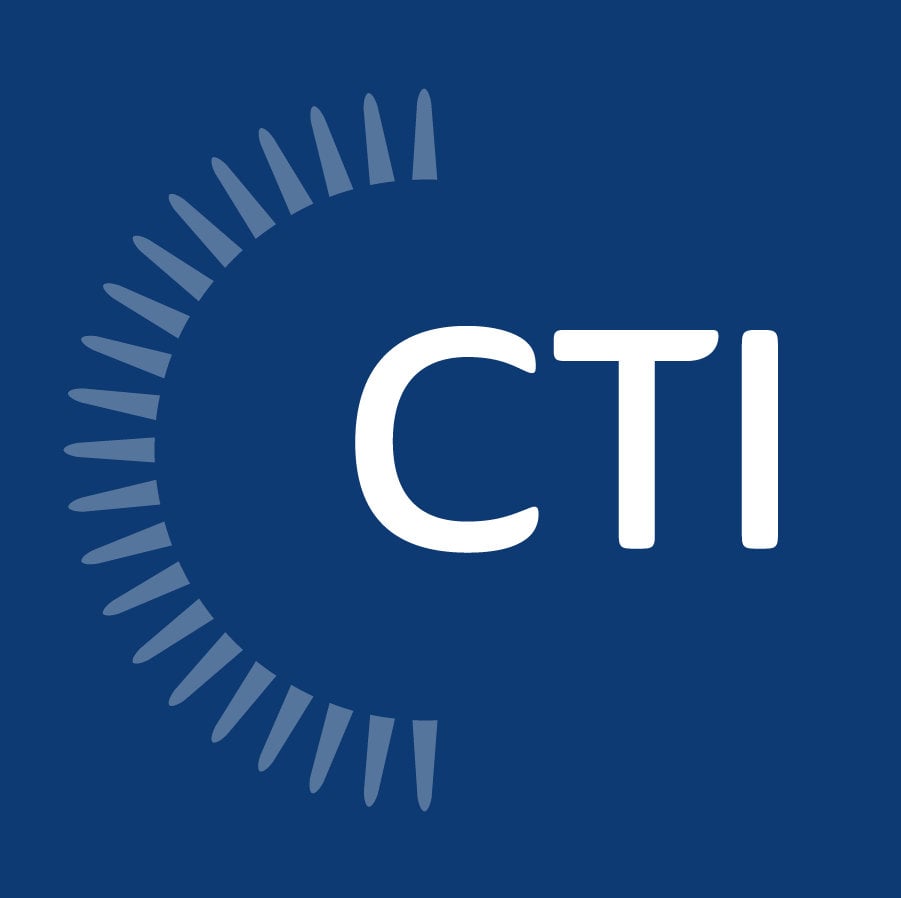 Even if you weren’t around to experience it on the big screen, most of you are probably familiar with the 1984 hit movie Terminator that immortalized the promise, “I’ll be back.” The sci-fi flick depicts Arnold Schwarzenegger as a deadly cyborg sent back in time to eliminate a woman whose yet-to-be-conceived son will lead the charge to kill the robot’s nefarious creators.
Even if you weren’t around to experience it on the big screen, most of you are probably familiar with the 1984 hit movie Terminator that immortalized the promise, “I’ll be back.” The sci-fi flick depicts Arnold Schwarzenegger as a deadly cyborg sent back in time to eliminate a woman whose yet-to-be-conceived son will lead the charge to kill the robot’s nefarious creators.
Cyborgs, as portrayed in movies, are virtually computerized versions of walking, talking humans. Right now, they are still a product of the future – mostly. Digital therapeutics are not. Digital therapeutics are computerized variations of manual health therapies.
Where the cyborg intended to terminate humans, digital therapy intends to help humans thrive by battling chronic health conditions.
“Pain Can Be Controlled. You Just Have to Disconnect It”
To better explain digital therapeutics, let’s allow the experts to speak: Jorg Land, CEO of Sonormed said, “A digital therapeutic is an intervention based on software as the key ingredient, which has direct impact on a disease.”
And Peter Hames, CEO of Big Health, sees the approach “…as something that mimics the same fundamental qualities of drugs,” able to administer treatment without human interactions.1
That the therapy mimics the same attributes of certain drugs is one of the main circuits of interest. This approach could grant patients remedies without harmful side effects and with potentially lesser financial cost.
Too often we hear about additional afflictions born of medication reactions, or drug recalls after many patients have suffered serious or irreversible side effects.
One example of the drugless, side effect-free therapy is sensory stimuli conveyed to a patient via laptop used to combat depression, alcoholism, drug addiction, and insomnia.2
Neurology, ophthalmology, and psychiatry are just some of the promising disciplines where digital therapy could strike progress. Experts see particular advantages in the therapy’s use for ailments for which our healthcare system currently lacks effectiveness.
And chronic health issues related to habits eat up approximately 80 percent of healthcare budgets, but cognitive-behavioral therapy could tackle a sizable chunk of that.1
Learn More: Recent Court Ruling Emphasizes Need for Effective R&D Claims |
“I Need Your Clothes, Your Boots, and Your Motorcycle”
If this therapy seems to pack so much potential, why don't we see more of it in use? We need further proof of its reliability and effectiveness to be considered a valid method of treatment, but “there isn’t yet an established set of criteria,” according to Peter Hames.
Tilak Healthcare’s CEO, Edouard Gasser, elaborated further, saying, “Clinical validation in trials and regulatory approval…are key for digital therapeutics because it is what doctors will trust, and it helps them regard a product as an actual digital medicine that is going to help the patient and that they can prescribe.”
Hames said that for their product, Sleepio, they “have assembled significant levels of clinical evidence, including five randomized control trials and 20 peer-reviewed clinical papers, but few digital interventions have that level of evidence.”
Other companies' progress is making its way over the horizon, too. After clinical trials confirmed that 40 percent of patients found a three-month abstinence success using a mobile app to treat drug and alcohol addiction, the FDA gave the green light for the application.2
But more research and trials are needed. This is where digital therapy developers can transform their experimentation and trial expenses into tax credits.
“Come with Me If You Want to Live”
The research and development (R&D) tax credit dispatches a dollar-for-dollar tax credit when a business conducts R&D activities connected to developing new or improved processes, products, techniques, inventions, or software.
And software intended to improve patient health certainly possess remarkable potential.
Also with the PATH Act of December 2015, startups can apply R&D credits towards their payroll tax instead of their income tax liability, which may be non-existent during the early years. The maximum benefit stands at $250,000.
Digital therapeutic developers can leverage this return of revenue to finance essential clinical trials, to refine and expand their product range, and improve quality and effectiveness.
“There is No Fate But for What We Make for Ourselves”
Digital therapeutics is wired with potential to improve patient health and terminate the use of drugs and hazardous side effects. Developers just need more evidence…and they can channel R&D credits to help fund their charge.
- Exploring the potential of digital therapeutics, McKinsy & Company, 2019
- Digital therapeutics: Preparing for takeoff, McKinsy & Company, 2019



